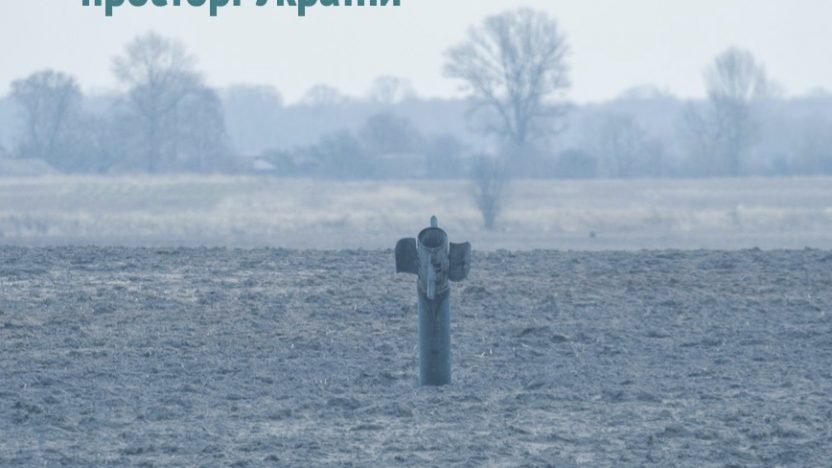After the full-scale invasion of Russia, the topic of the environment would go to the sidelines, giving way to news about the war.
However, even at the beginning of the great war, in 2022, we recorded significant attention to this topic even though the information space was filled mainly with news from the front. Therefore, we wanted to follow how environmental issues are reflected in the information space of Ukraine in the conditions of a full-scale war and conducted a media monitoring study of the presence of topics related to environmental issues in the Ukrainian information space. A similar study was also conducted in 2021 by the EL.BI.AY Media Monitoring and Content Analysis Agency.
A new study conducted by “EL.BI.AY.” in 2023, commissioned by the Initiative for the Development of Environmental Policy and Advocacy in Ukraine (EPAIU), records that the presence of environmental topics in Ukraine’s media space continues to grow. This is expressed in an increase in the media field’s share and the topic’s constant presence in the columns of leading online publications.
This is also evidenced by the data of the KMIS survey in May 2022, according to which 55% of respondents confirmed that they received information about the impact of the war on the environment from the mass media. Therefore, the resonance of the topic is constantly present in the audience’s information agenda.
The research included both work with media publications and mass media, as well as analysis of the presence of the topic in social networks (Facebook, Instagram), messengers (Telegram), and search queries of Ukrainians through Google.
Key observations of the study:
- The study shows that the full-scale war shifted the focus of environmental issues to the damage caused to the environment as a result of Russia’s military aggression in Ukraine. This is one of the main factors of the increased resonance but also indicates a significant decrease in the media space of other topics unrelated to Russia’s full-scale aggression. In particular, the coverage of local environmental problems or events becomes a real challenge against the background of a nuclear threat or the undermining of the Kakhovskaya HPP.
- The ever-increasing attention to potential threats contributes to the spread of false or manipulative data. This can lead to panicky moods. It is important to consider informational responsibility and be as objective as possible in materials on sensitive topics, such as the radiation threat, the destruction of sources of electricity generation, the pollution of water bodies, etc.
- Increased resonance makes communication difficult. The sensitivity of threats closely related to the environment instantly creates a media wave and saturates the infield with similar publications. This adds to the difficulty in tracking or promoting other important topics in the media to gain the attention of CAs. In particular, it concerns the discussion of draft laws and the publications of experts or eco-activists on niche environmental phenomena.
- The study was conducted by the EL.BI.AY Media Monitoring and Content Analysis Agency. Commissioned by the Initiative for the Development of Environmental Policy and Advocacy in Ukraine (EPAIU), which the International Renaissance Foundation carries out with the support of Sweden.
The study was conducted by the EL.BI.AY Media Monitoring and Content Analysis Agency. Commissioned by the Initiative for the Development of Environmental Policy and Advocacy in Ukraine (EPAIU), which the International Renaissance Foundation carries out with the support of Sweden.


